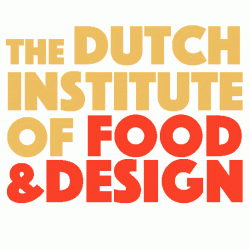
Food retail often slips into dark patterns: noisy discounts, fuzzy labelling, hidden sizes. Here’s a short, practical checklist to clean it up without killing margin.
What counts as a dark pattern
- Price splitting: big “-30%” badge, tiny or missing unit price per 100 g/ml.
- Fake anchors: “was £9.99” that never existed.
- Health-washing: vague claims like “natural” or “farm fresh” with no criteria.
- Hidden shrink: smaller pack, same packaging silhouette.
- Tricky online flows: nutrition filters buried, sort-by-price resets on every click.
Rapid diagnosis (30 minutes per aisle)
- Select 10 top-selling SKUs plus 5 “healthy” alternatives.
- Audit shelf labels: unit price present and legible? last update date shown?
- Match site vs shelf: photos, descriptions and weights aligned?
- Walk the online path: filter → product page → basket. Note auto-adds or defaults you didn’t choose.
- Skim 5 recent customer complaints. Tag anything about price, size, or claims.
Better patterns
- One honest price card: final price large; unit price per 100 g/ml alongside; last updated date.
- One reason, one badge: either “Promo” or “New”, never both at once.
- Nutrition visible by default: toggle pre-enabled; no extra clicks to see sugar/salt.
- Clear language rules: ban fuzzy boosters unless criteria are linked from the label.
- Stable sorting: if a shopper chooses “Price (low to high)”, keep it through filters.
Success metrics
- Fewer price-related complaints and a higher shelf/site NPS.
- Time-to-purchase steady or down, with bounce rate flat.
- Share of “healthy” SKUs in baskets up while margin holds.
- 30-day repeat rate for the category up.
Bottom line: an honest shelf is clear prices, transparent labelling and predictable flows. Trust grows. Friction drops.

